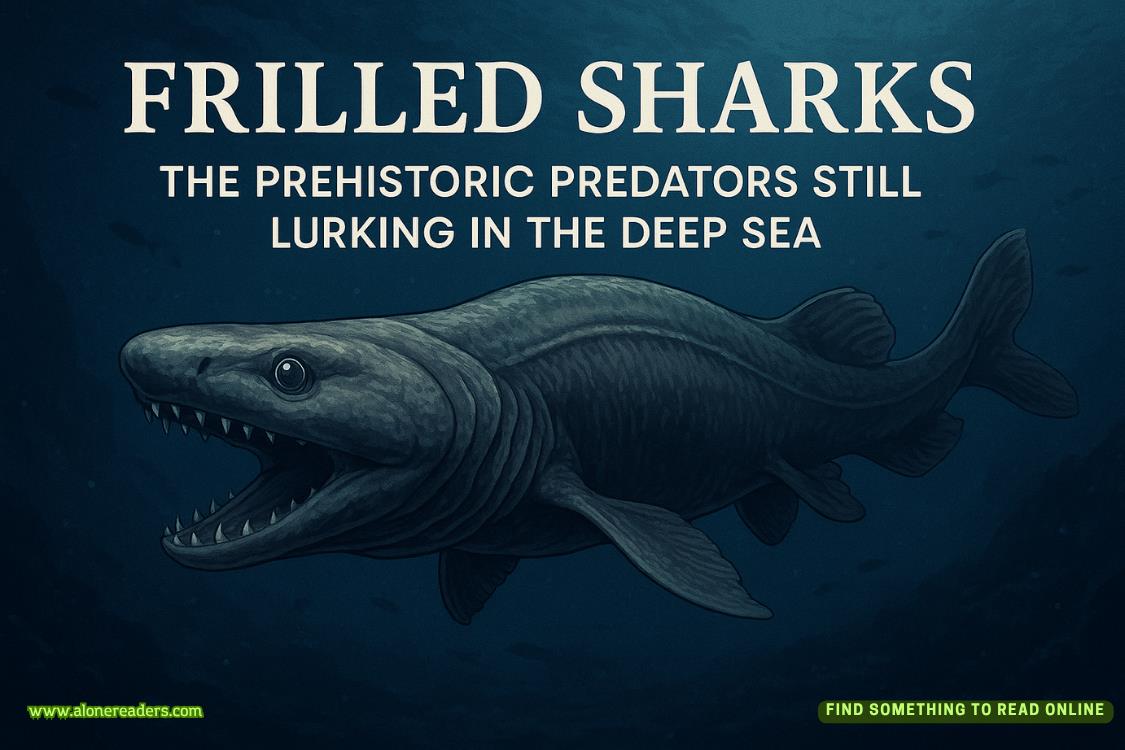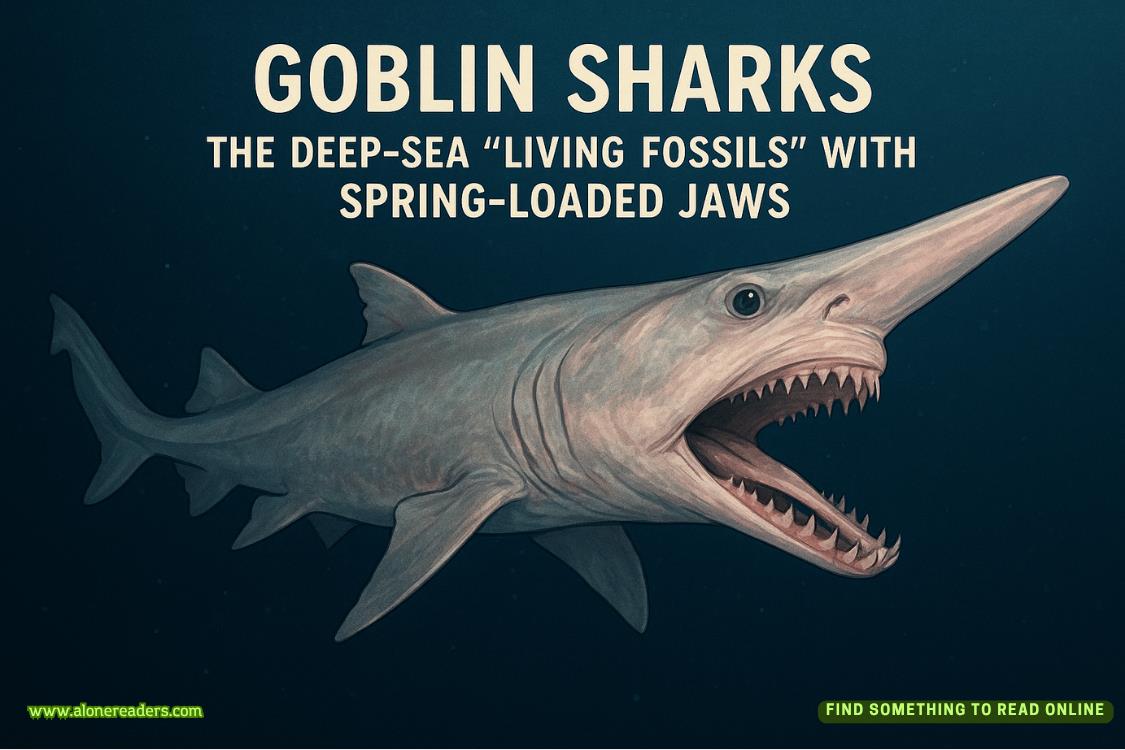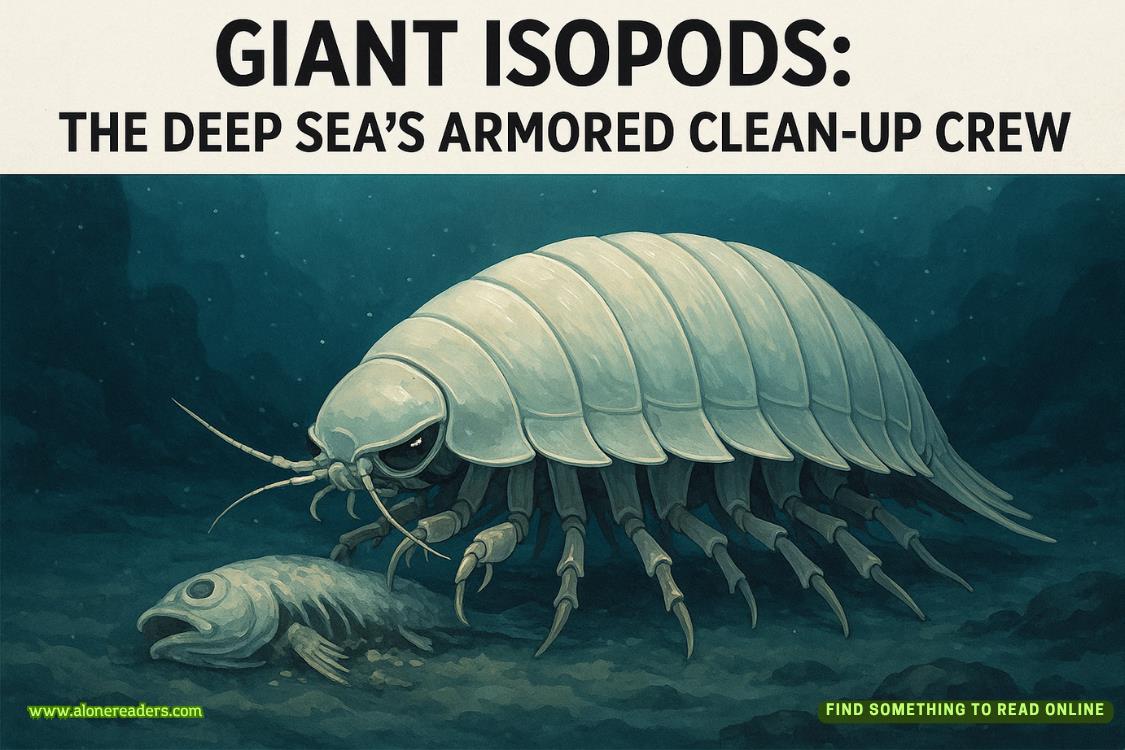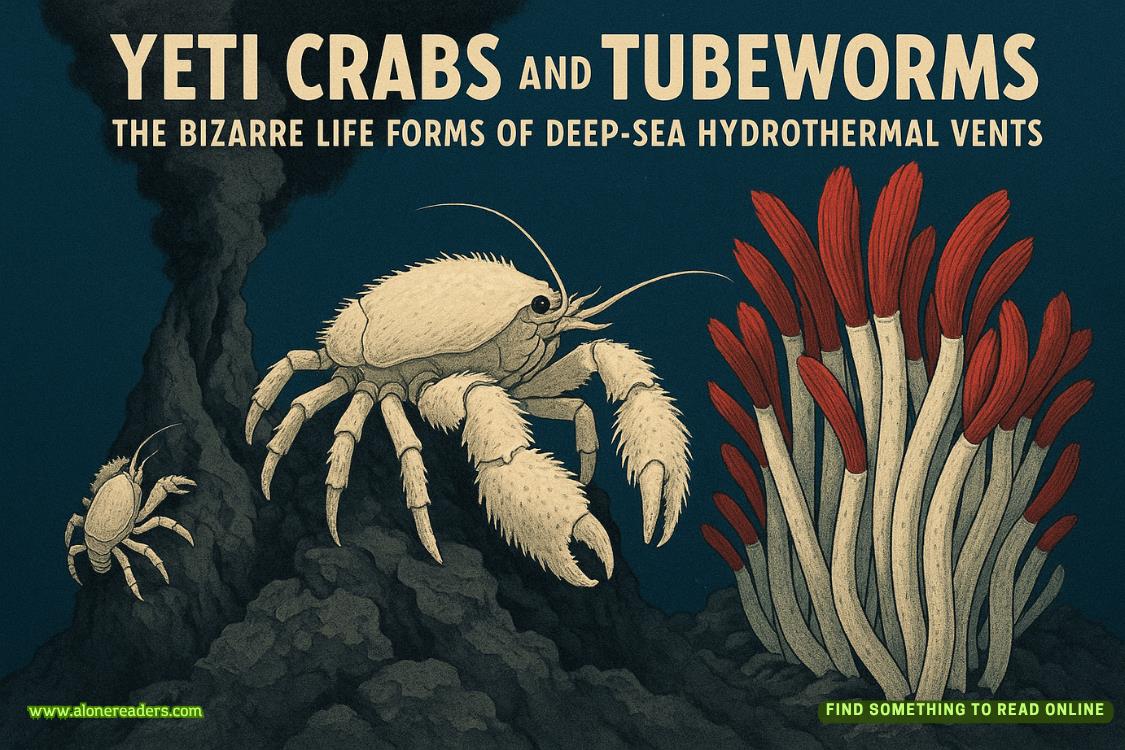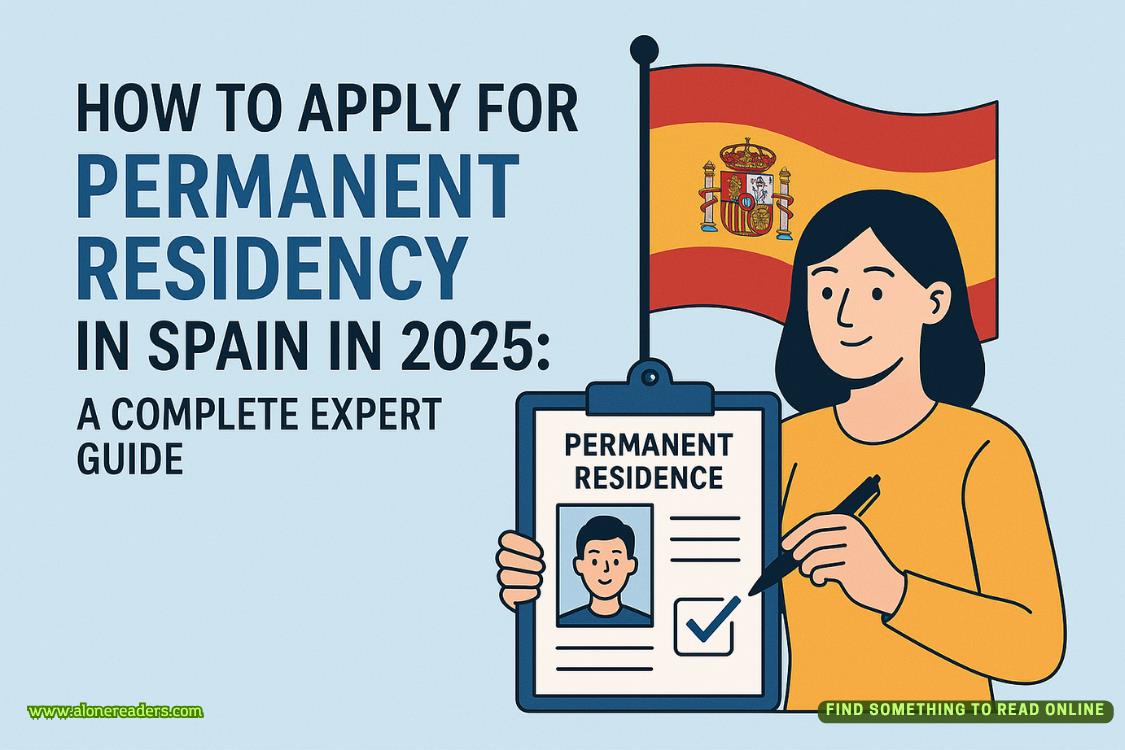Page 20 of Still See You Everywhere
“I don’t know. Hasn’t exactly been on the menu of my local establishments lately.”
“Where are you from?” Ann asks. They are leading me to a wooden stand at the edge of the runway, topped by a large green-and-white-painted sign that declares, “Welcome to Pomaikai.” It’s decorated with drawings of turtles and flowers. In the lower right-hand corner, there is a tacked-on sign: “Beware of Crabs.”
“Nowhere in particular,” I mutter, looking around for crabs with concern—which is how I notice that some of the ground seems to be moving.
“It’s true,” Trudy agrees. “Nowhere has terrible sushi.”
Ann is rummaging around behind the stand where there seems to be some kind of shelf. She emerges with a pale-yellow-painted piece of wood shaped into the form of an arrow. As I watch, she grabs a hammer and nails and deftly pounds the board into place amid a bristle of other arrows, all different colors and bearing different names. Philippines, Big Island, California, Australia. My addition, sure enough, says Nowhere. I honestly didn’t know they had a sign for that.
“Why is the ground moving?” I’m a little distracted. The crushed white coral forms a curved path leading away from the runway into what I can only describe as a thick, green jungle topped with towering palms. And all along the ground, pieces of the trail keep moving.
“Hermit crabs. They’re everywhere. Try not to step on them. It hurts you, and the crabs don’t care for it, either.”
“Pomaikai has no mammals,” Ann adds. “So the crabs have evolved to occupy all the roles in the food chain, you know, herbivores, omnivores, carnivores.”
“The hermit crabs are carnivorous?” I immediately draw back. The shell-wearing crustaceans are definitely tiny, scuttling about the path like scattered pebbles, but what they lack in size, they more than make up for in numbers.
“Not them,” Trudy says. “The coconut crabs.”
“Don’t mess with the coconut crabs,” Ann warns. “Their claws aren’t powered by muscles like a mammal. Think of them more like hydraulics. Meaning once they snap shut…”
I don’t want to think about hydraulic claws.
Ann is flipping a number hanging from a hook below the sign, changing Pomaikai’s official population size from twelve to thirteen in my honor. All well and good till the crabs get me, I think darkly.
“No.” Trudy is already flipping the numbers back. “Still twelve. Chris is leaving, remember?”
“Oh yeah. Also watch for holes in the ground,” Ann provides. “The ghost crabs live in underground dens. Again, painful for you, and the crabs don’t care for it much, either.”
“Is that how Chris hurt her ankle?” I venture.
“Well, that and—”
“Never mind!” Trudy interrupts quickly. “Plenty of time for standing around and yapping later. At the moment, we got work to do. This way!” Trudy starts marching down the path toward the jungle, deftly stepping around hermit crabs that are dropping and tucking into their shells at the sound of her approach.
“My luggage…”
“The contents will find their way to you.”
“The contents?”
I don’t have time to finish the question. Ann is already on the move, and I scamper to catch up, watching every single step I take while wondering what kind of protection sneakers offer against waving claws. I notice all the crabs seem to favor the same turban-shaped white shell, just in different sizes. Some of their homes seem newer than others, with a few even having worn holes that show hints of the red-colored resident inside.
Ann and Trudy are motoring right along. I have to hurry to keep pace, my brow starting to drip with sweat. This isn’t the delightful warmth of Hawaii, but something much hotter and more oppressive. It reminds me of July in the South, though it smells distinctly tropical, a mix of floral notes sprinkled with ocean salt.
Everything is green and greener. We pass lush bushes heavy with orange, purple, and white blossoms, while the edges of the path are lined with a mix of thick grass, heavy ferns, and low-growing shrubs. We arrive at a fork in the road, a small, dark-green structure directly in front, a slightly larger deep-blue building across the way. Both are raised off the ground on stilts, with stairs leading up to the front porches.
“Bathrooms.” Trudy points to the smaller unit. “Three units. Everything is unisex. Keep the doors shut and the lid down. You don’t want to know what you’ll find in there if you don’t.”
I nod hastily, the warning ominous enough for me.
“Showers.” Ann points to the larger building, painted a rich blue and decorated with some kind of intricate wave mosaic that turns out to be comprised entirely from washed-up flip-flops. Clever.
“When Mr. MacManus gets the resort up and running, there’ll be desalination units to provide water,” Ann continues. “For now, all our fresh water comes from rainwater collected in a cistern. Meaning we don’t waste water. You familiar with a Navy shower?”
I shake my head.
“Turn on the water long enough to get wet. Turn it back off, lather up. Then a couple more seconds of water to rinse. That’s it. To be superefficient, brush your teeth as part of the lathering process. If you’re doing it right, you should be in and out in a couple minutes. The fact our water isn’t heated helps.”
